After walking 100,000 steps🚶, I finally sorted out the Beijing Hutong Citywalk route‼ ️ Beijing's Hutongs are mainly divided into these four areas, 1️⃣ Wudaoying, Beiluo, Nanluo Ancient Alley in the north, 2️⃣ Dongsi and Beixinqiao in the east, 3️⃣ Baita Temple Xisi in the west, 4️⃣ Qianmen, Yangmeizhuxie Street in the south, etc.
These are all classic and fun routes in Beijing. Go and see the red-walled and green-tiled ancient buildings in Beijing, and feel the Beijing atmosphere in the old alleys. There are also many niche literary and creative shops and cafes along the way☕️
Route 1: Beijing Classic Hutong Citywalk Route
🚇Transportation location: Lama Temple subway station
🚶Detailed route: Ditan Park➡️ Lama Temple➡️ Wudaoying Hutong➡️ Imperial College➡️ Confucius Temple and Imperial College Museum➡️ Beiluoguxiang➡️ Yanxidai Street➡️ Drum Tower➡️ Bell Tower➡️ Shichahai➡️ Houhai
Route features: There are famous historical ancient buildings with red walls and green tiles, Wudaoying Hutong ... Ying and Beiluo Ancient Alley are small literary alleys worth visiting, as well as the Orange Sea Sunset in Shichahai 🌅 and the folk music bar in Houhai 🍹
Route 2: Experience the commercial streets of old Beijing
🚇Transportation location: Exit D of Dongsi Subway Station
🚶Detailed route: Mochaqi Home Market➡️Paper Sound Bookstore➡️Honghua Dim Sum Bureau➡️Beijing Longfu Temple➡️Cool Music Records➡️Fu Geer➡️Wu Wen Xi Dong➡️Daoxiang Village Store 0➡️Red Star Qianjin➡️Douwo➡️Guozijian & Lama Temple
Route features: various inherited old shops and some boutique creative design shops, Beixinqiao also has many Beijing specialty snacks and delicacies
Route 3: Cultural Treasure Route
🚇Location and Transportation: Exit B of Fuchengmen Subway Station
🚶Detailed Route: Exit B of Fuchengmen Subway Station➡️Beijing Luxun Museum➡️Miaoying White Pagoda Temple➡️Temple of the Emperors of All Dynasties➡️Guangji Temple➡️Zhengyang Bookstore➡️Red House Public Library➡️Xishiku Church
Route Features: Whether it is the White Pagoda Temple, the Temple of the Emperors or the Wansong Old Man Tower, each place has a historical story. The hutongs around Baita Temple are also very good to visit
Route 4: Small literary hutongs & Western-style buildings
🚇Location and transportation: Exit A of Zhushikou Subway Station
🚶Detailed route: Exit A of Zhushikou Subway Station➡️Qianmen Street➡️Dashilan➡️Yingtao Street➡️Yangmeizhu Street➡️Beijing Fang➡️Qianmen➡️Xianyukou Street➡️Sanlihe Park➡️Dongjiaominxiang➡️Chongwenmen Subway Station
Route features: It is very close to Tiananmen Square and the Forbidden City, suitable for a one-day tour. Yangmeizhu Street is a small literary hutong that cannot be missed, and Dongjiaominxiang Street is very suitable for taking pictures📷.
The above four routes are worth exploring in person. If you only have one day, you can choose to visit the first route. I believe that after visiting these four routes, you will definitely have a new understanding of Beijing‼ ️
Sign in to join the conversation
Sign InNo comments yet. Be the first to share your thoughts!
Taking the high-speed rail + cable car + easy hiking = easy check-in at the top of the Great Wall — From Qinghe Station (Beijing Station) to Badaling Great Wall: 25 minutes direct, ticket price 20-25. Many trains available! It's super easy to buy on working days, and it's recommended to book in advance on weekends. 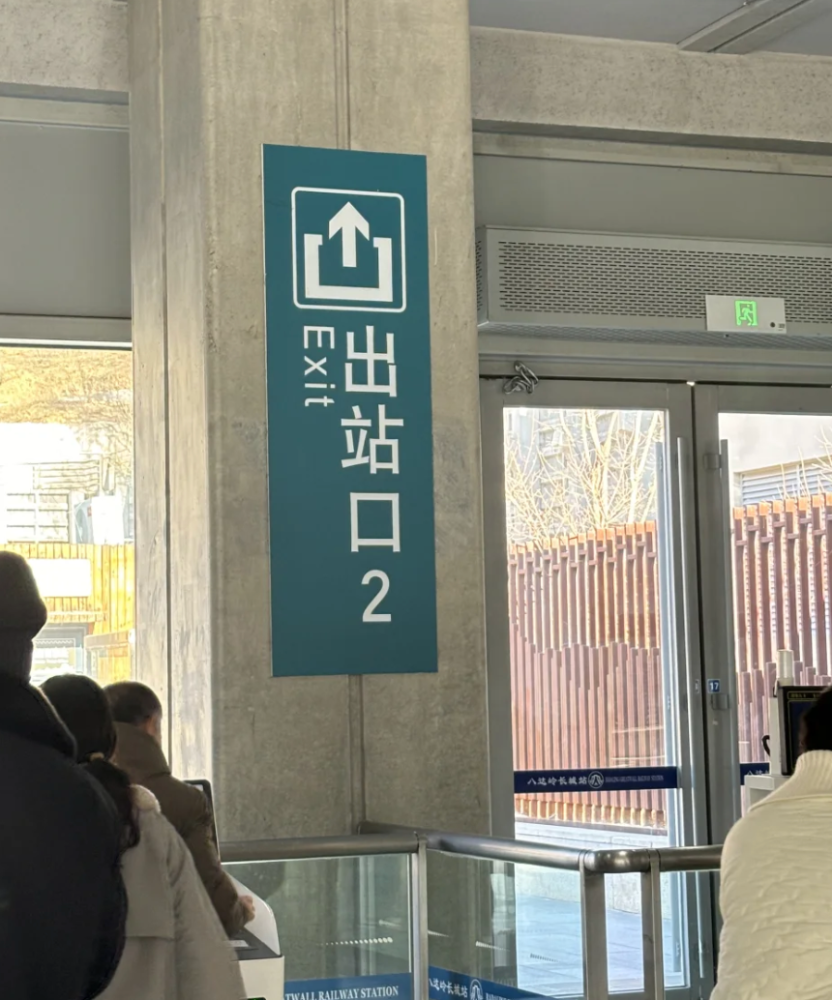 Ticket prices for Badaling Great Wall adult ticket: 40 yuan, student half-price. Northbound cable car single trip: 100 yuan, round trip: 140 yuan. It's recommended to buy on public accounts, which allows you to skip the queue and enter directly with a security check. Hiking itinerary: 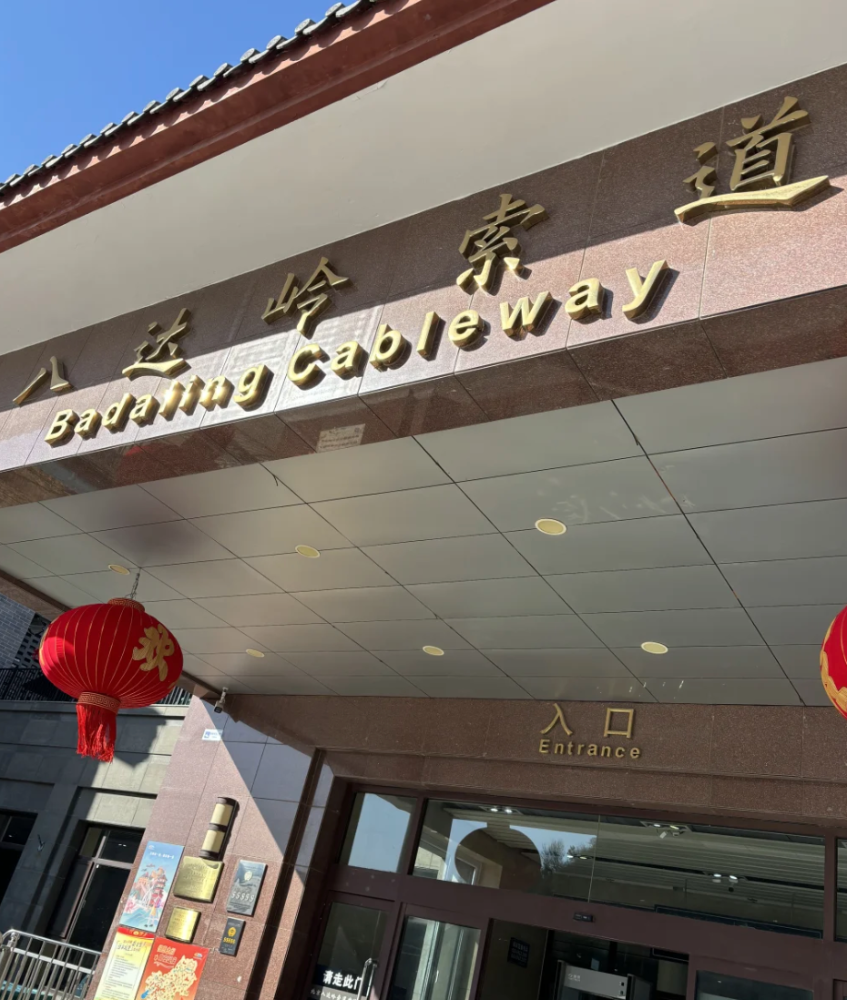 1. After arriving at the Northbound cable car of Badaling Great Wall, take the cable car, which will take you directly to the North Seven Floor, approximately 3-5 minutes. You can overlook the magnificent mountain scenery around the Great Wall on the cable car. 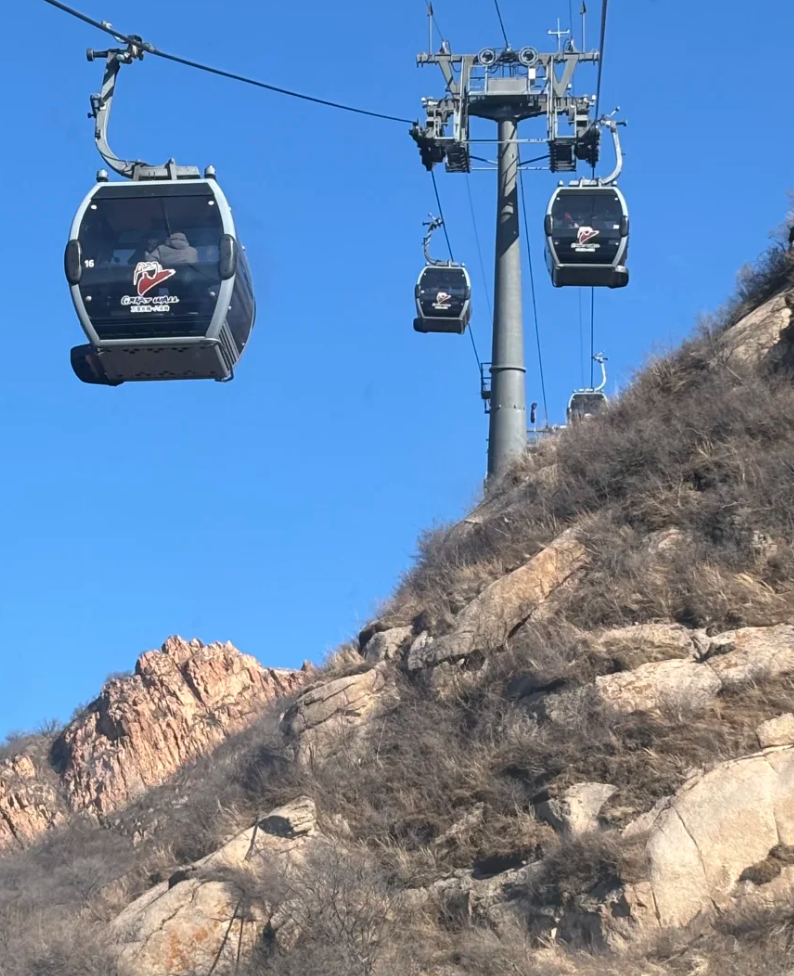 3. From the North Seven Floor, start hiking to "Hao Han Slope". This section requires certain physical strength, and some stairs are relatively steep. Be sure to pay attention to safety, which takes about 20-30 minutes. 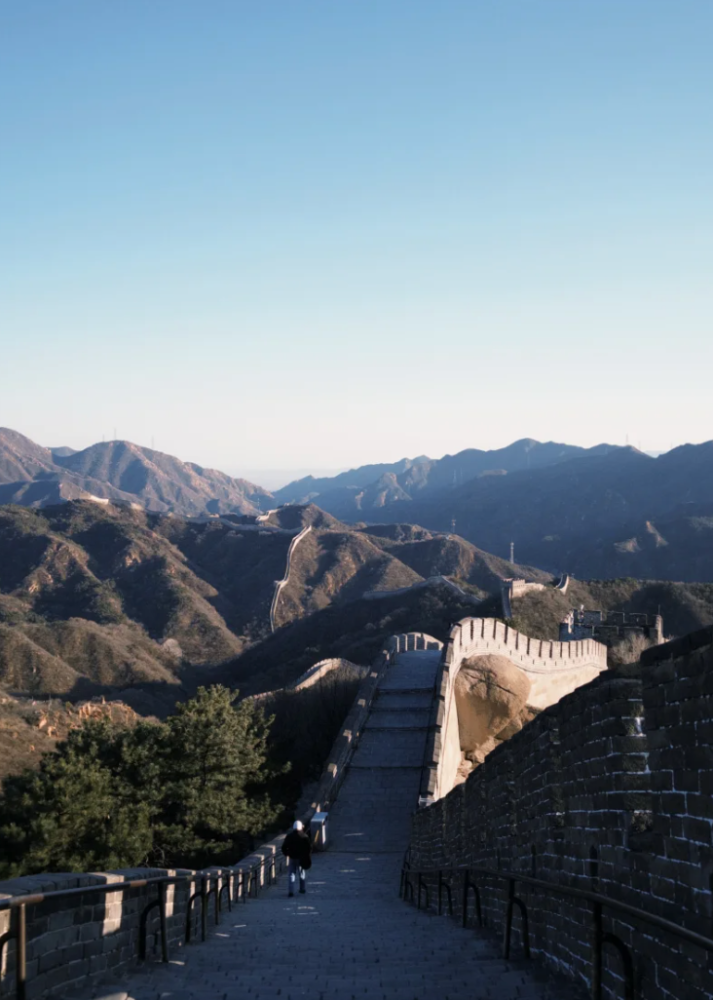 4. Continue hiking from "Hao Han Slope" to the North Eight Floor, which is the highest point of the North Badaling Great Wall, also known as "Guangri Platform". Here, you can take in the magnificent scenery of the Great Wall winding its way through the mountains. It's a great spot for photos. 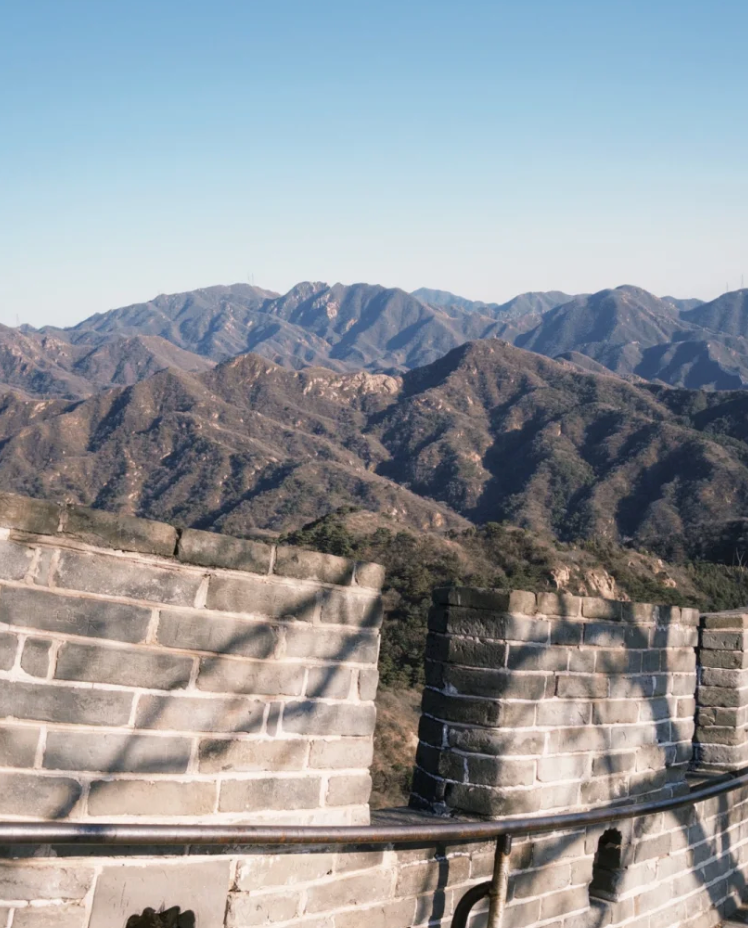 5. After checking in at the North Eight Floor, due to time constraints (4:30 pm), the cable car and slide are closed, so we chose to hike back along the Great Wall. The hike down takes about an hour, and the afternoon sun around 4-5 pm is beautiful on the Great Wall. It's very beautiful! 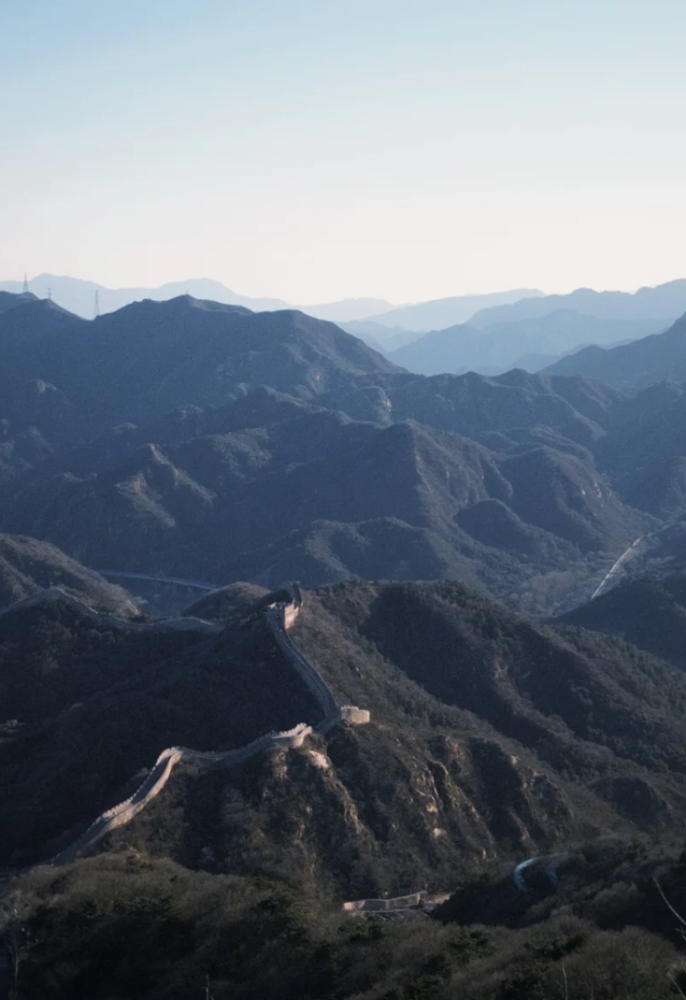 6. After hiking down, the signs are clear, and you can walk to Badaling Railway Station. There are many shops along the way, offering food, drinks, and cultural creative stores.
If this is your first time to China, these are the Dos and Don'ts you need to know!!! Foreigners who are traveling to China for the first time, please remember this! 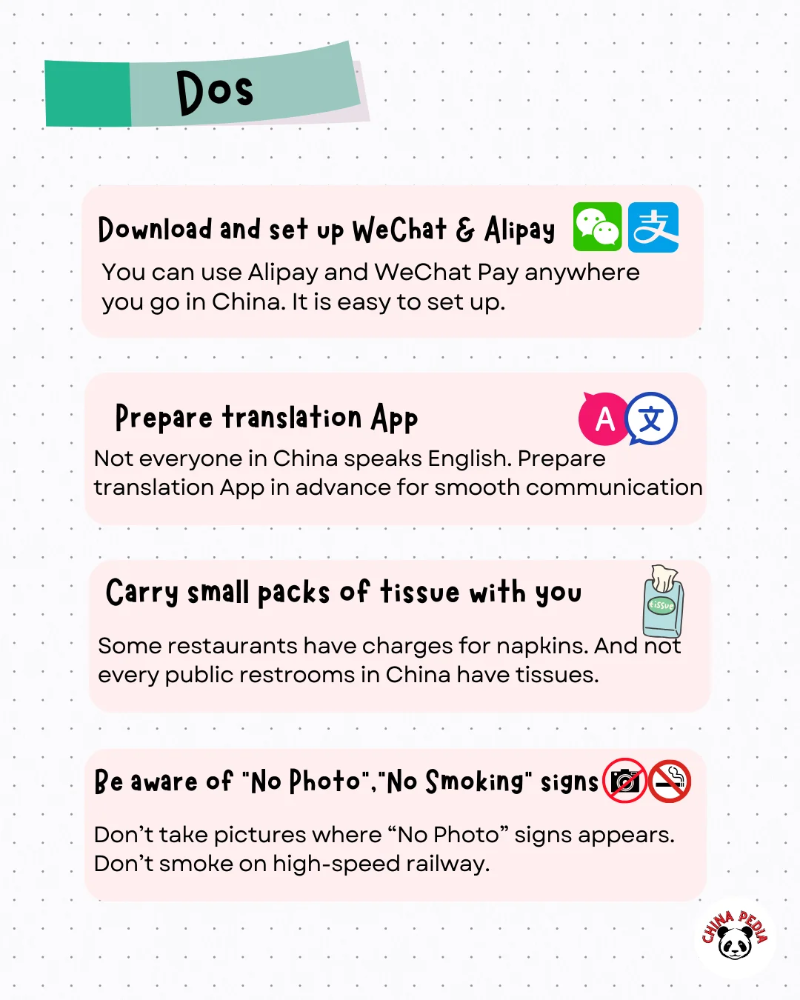 📱Set up electronic payment methods ✅Prepare translation software 🧻Carry tissues with you (especially for foreign friends traveling to Guangdong) 🚭Pay attention to signs such as no smoking and no taking photos (especially in Hong Kong) ✅Respect traffic and some local customs 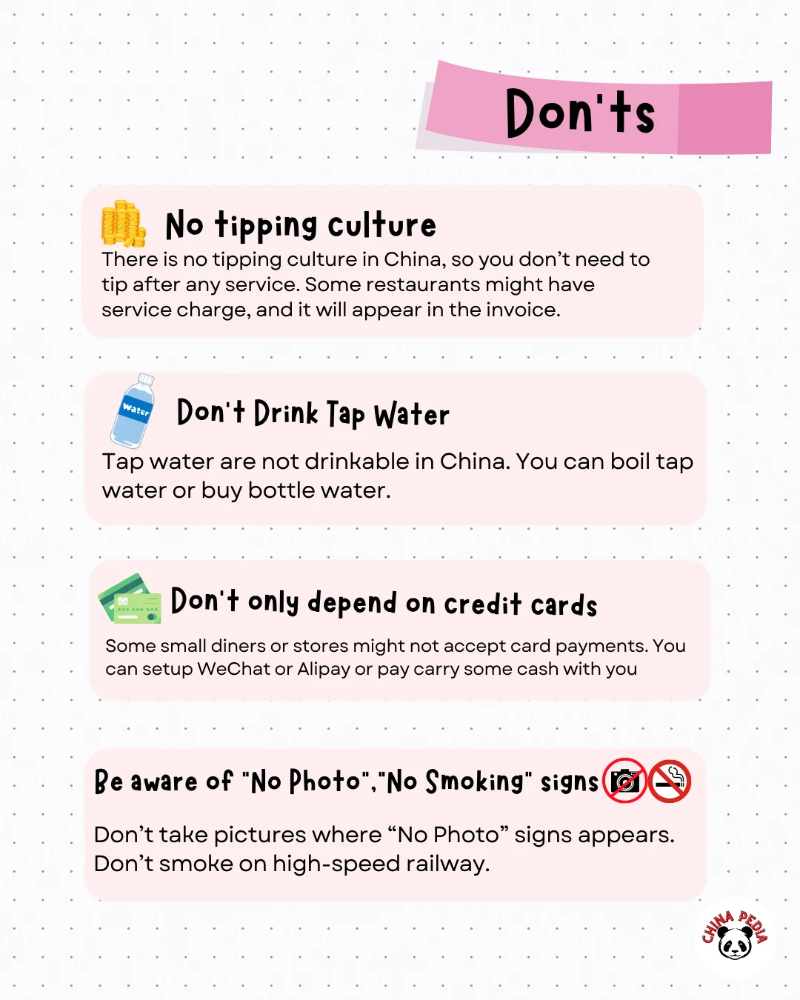 🙅No need to tip 🚰Don't drink water directly from the tap 💳Bring some cash or set up electronic payment, not all places accept credit cards
Today, I will take you to the National Museum located in Tiananmen Square, Beijing~ 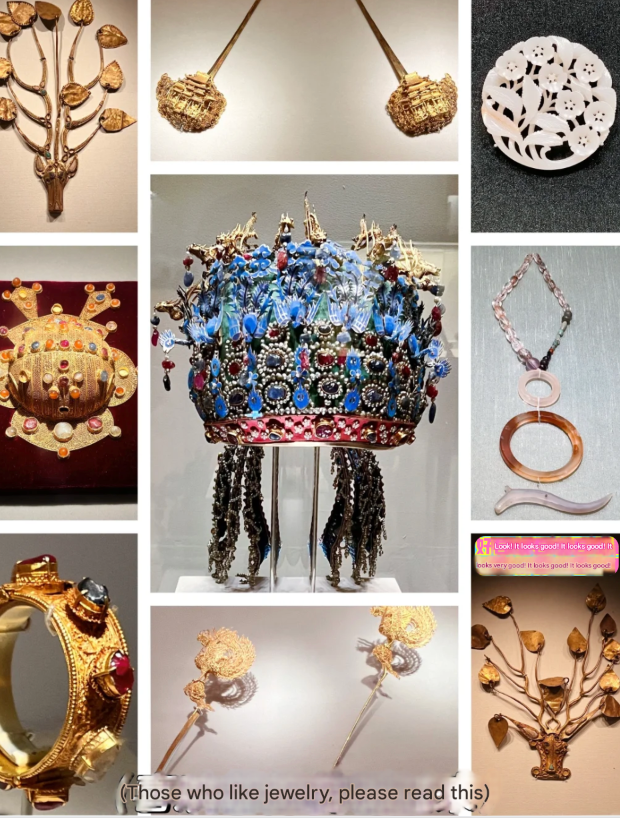 🏠The Centennial National Museum covers an area of 70,000 square meters, is 42.5 meters high, has a construction area of 200,000 square meters, 48 exhibition halls, a national first-class museum, the largest museum in the world with a single building area, and has more than 1.43 million collections 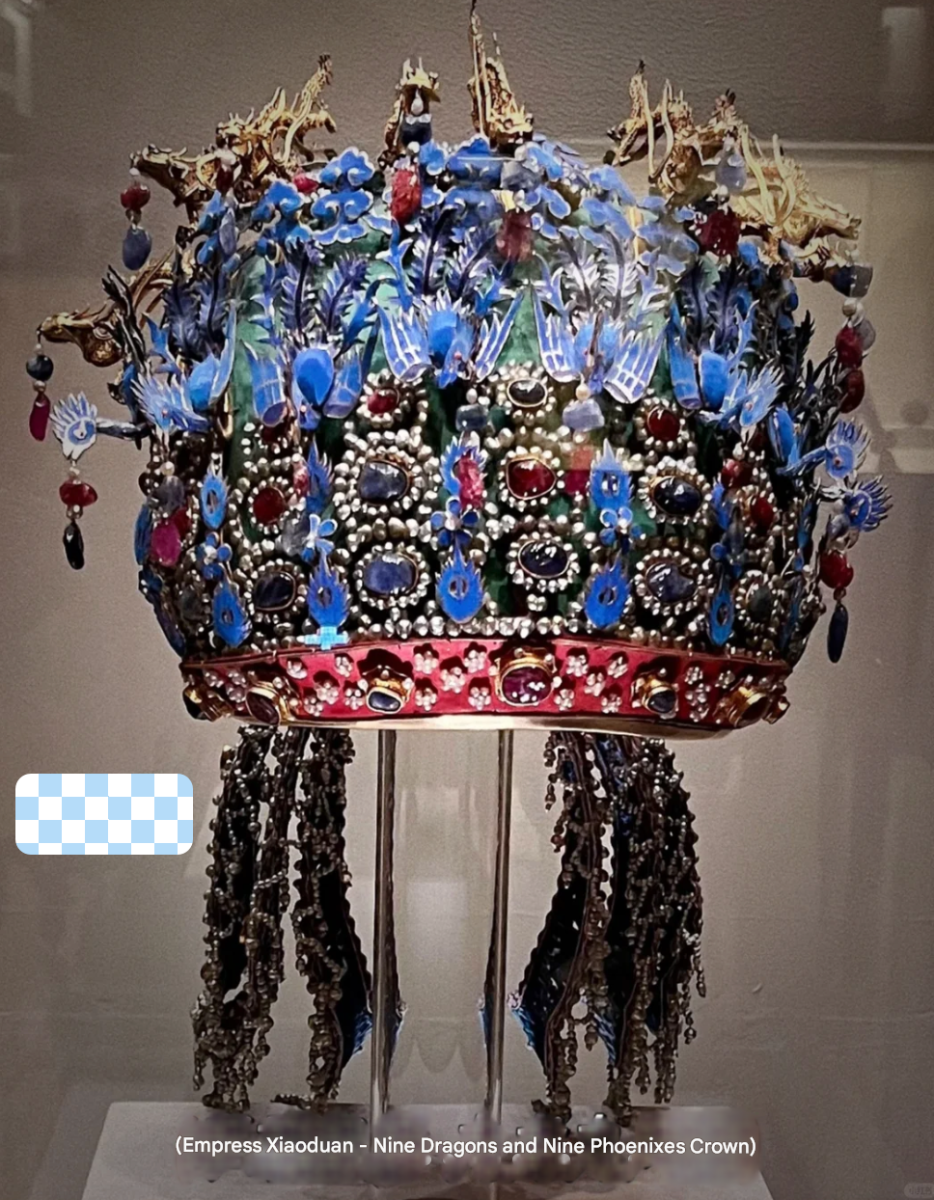 🎫Tickets Tickets are released at 17:00 every day, free, real fire ‼ ️Important things are written in front Time: 9:00-17:00, closed on Monday Entry: You can enter twice on the same day with your record Security check: Water, food🉑️Power bank over 20,000❌Lighter❌Selfie stick tripod❌ 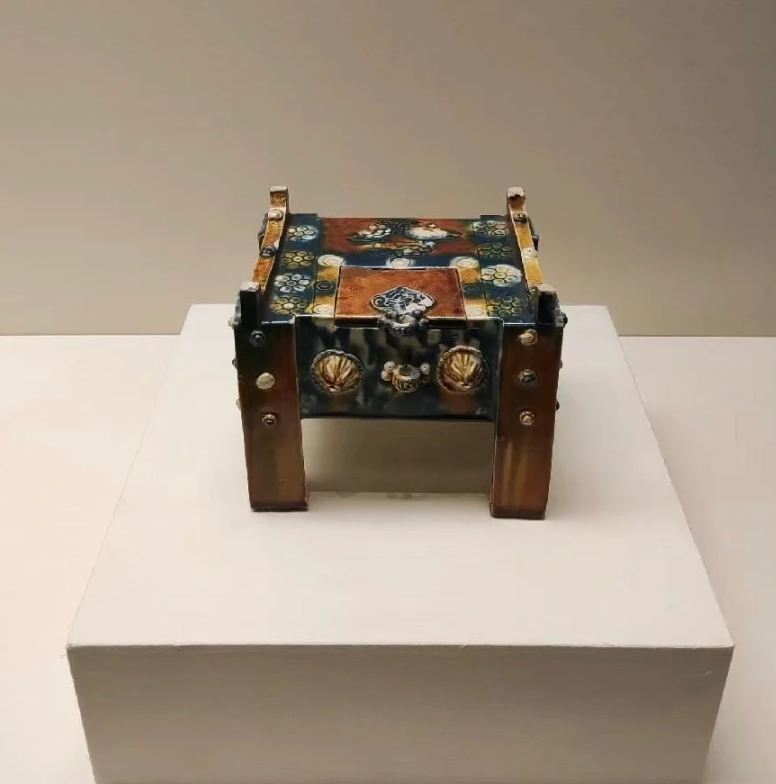 🚌Transportation 1. Subway: Exit C and D of Tiananmen East Station on Line 1 2. Bus: 1, 2, 52, 82, etc., Tiananmen East Station ❤️New guide for Phoenix Crown Fridge Magnets: Line up in the lobby on the first floor, staff will issue number plates, buy with the plates, limited to 2 per person 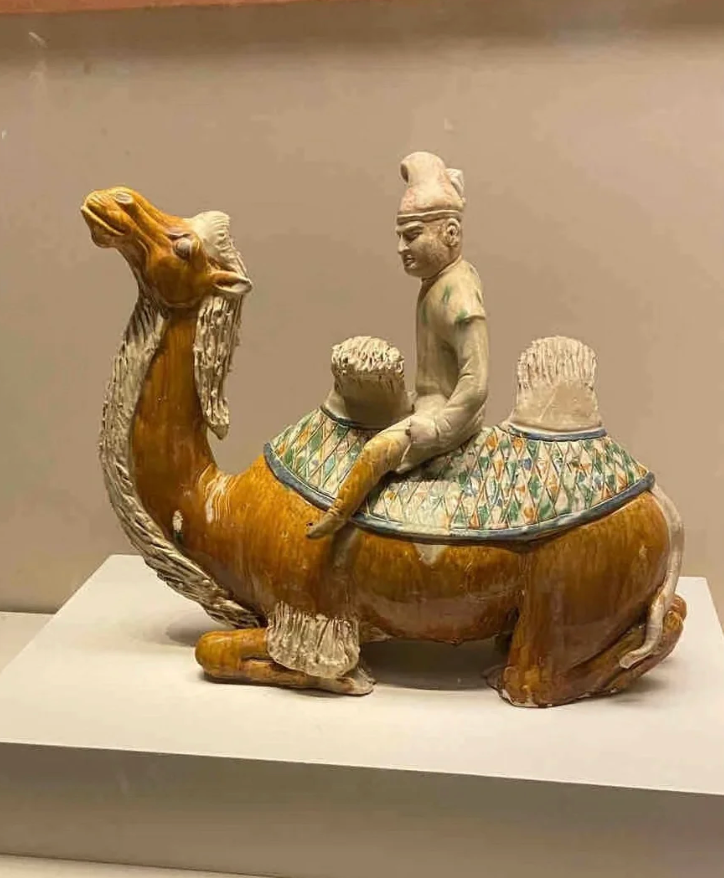 🗺️Guide to 5-hour tour of the National Museum: 1️⃣Go to B1 Ancient China first, must see‼ ️The treasures of the museum are all here, 2H 2️⃣Go directly to the fourth floor to see several major exhibitions, 2H 3️⃣Go down to the third floor and the second floor in turn, and visit according to your interests, 1H 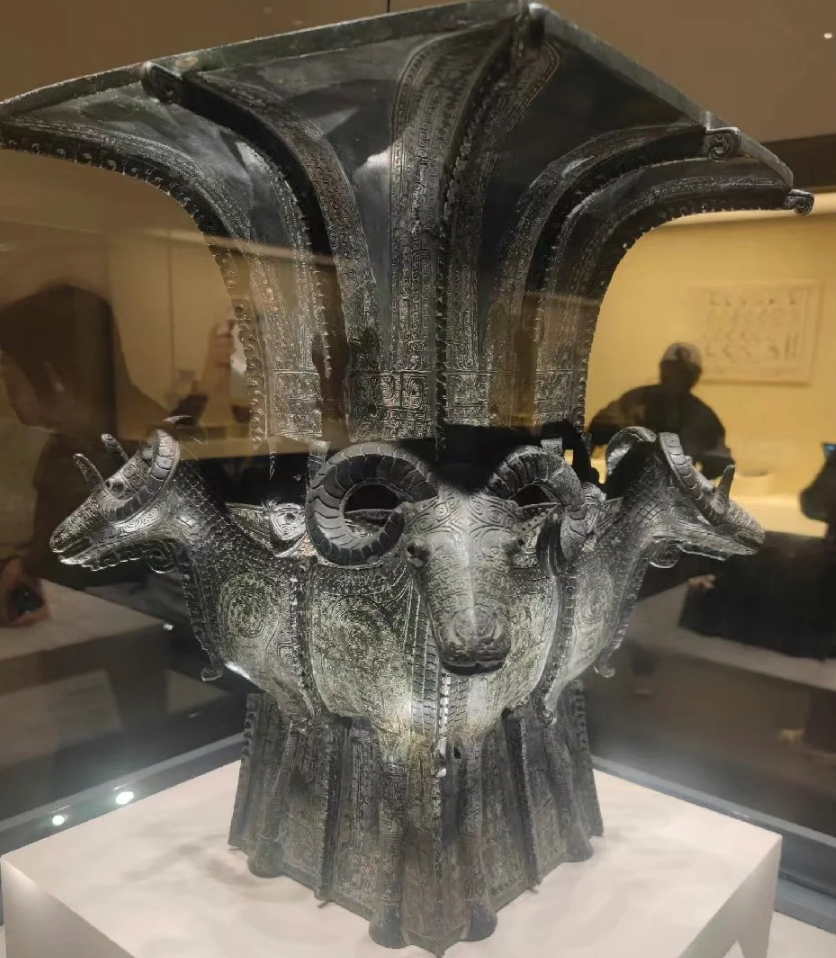 🚶Detailed itinerary: 1️⃣The first stop is to visit B1 Ancient China, a must-see, otherwise it is like not coming to the National Museum! On the first floor, you can see all the treasures of the museum and the changes of dynasties. The main threads are the ancient times, the Xia, Shang and Western Zhou dynasties, the Spring and Autumn Period and the Warring States Period, the Qin and Han Dynasties, the Three Kingdoms, the Jin Dynasty, the Southern and Northern Dynasties, the Sui, Tang and Five Dynasties, the Liao, Song, Xia, Jin and Yuan Dynasties, and the Ming and Qing Dynasties. 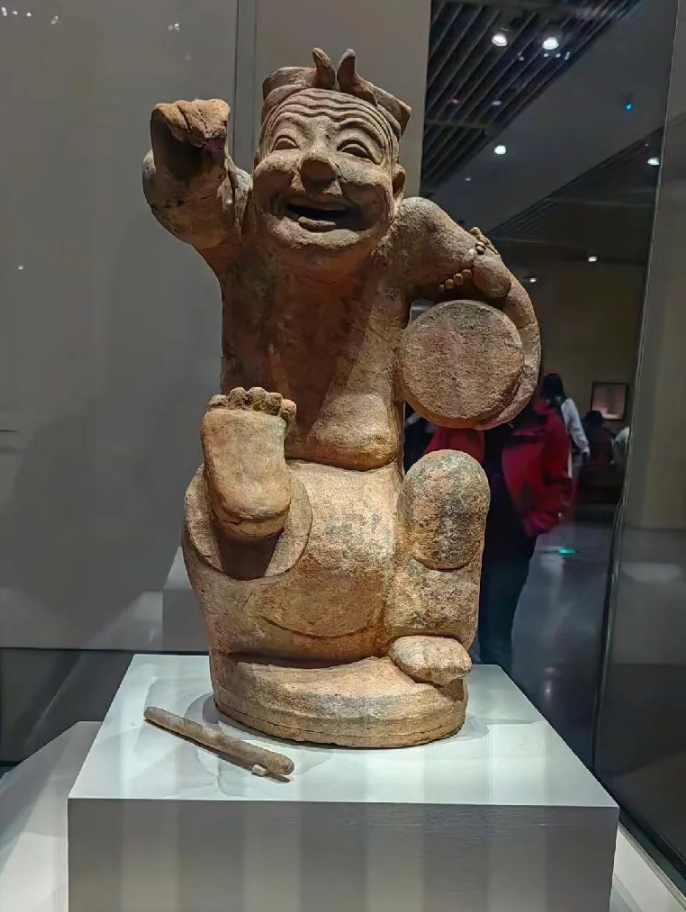 The treasures of the museum include jade dragons, jade cong, eagle-shaped pottery tripods, gold thread clothes, Houmuwu tripods, bronze masks, four-ram square zun, Wu Wang Fuchai bronze sword, Warring States ice mirror, bronze rhino zun, drum-beating rap figurines, celadon lotus zun, gilded bronze Buddha statues, bronze chimes, Tang Sancai, Queen Xiaoduan Nine Dragon Nine Phoenix Crown, etc., and the cultural and creative shop is right outside, 2 hours ☕️Half an hour lunch break, take the baby to the restaurant Eat and rest, not many choices, cold noodles, sandwiches, beverage machine, just fill your stomach, no matter how delicious, bring your own snacks, chocolate 2️⃣ The second stop goes directly to the fourth floor of the South District, and sees 6 exhibitions in one go, including coin exhibition, bronze mirror exhibition, technology exhibition (not going if time is tight), clothing exhibition, porcelain exhibition, jade exhibition, 2 hours 3️⃣ The third stop is the ancient food on the third floor of the North District. There is a table of imported food as soon as you enter the door. Many of the carrots, cucumbers, and watermelons we are used to eating are imported. 30 minutes Tips: The popular white porcelain exhibition of Princess Yushu on the second floor of the North District has closed. The white porcelain skirt is as thin as a cicada's wing, which is amazing! 📷5 and a half hours, 700 photos, walking through the evolution of history, marveling at the wisdom of the predecessors, and seeing the prosperity of history! Step by step, step by step, Maslow's needs model, from the need for food and clothing to spiritual pursuit ❤️Collect first and then visit the exhibition, the National Museum is worth it
Come to Beijing in early autumn, don't miss the Hutong Walk! 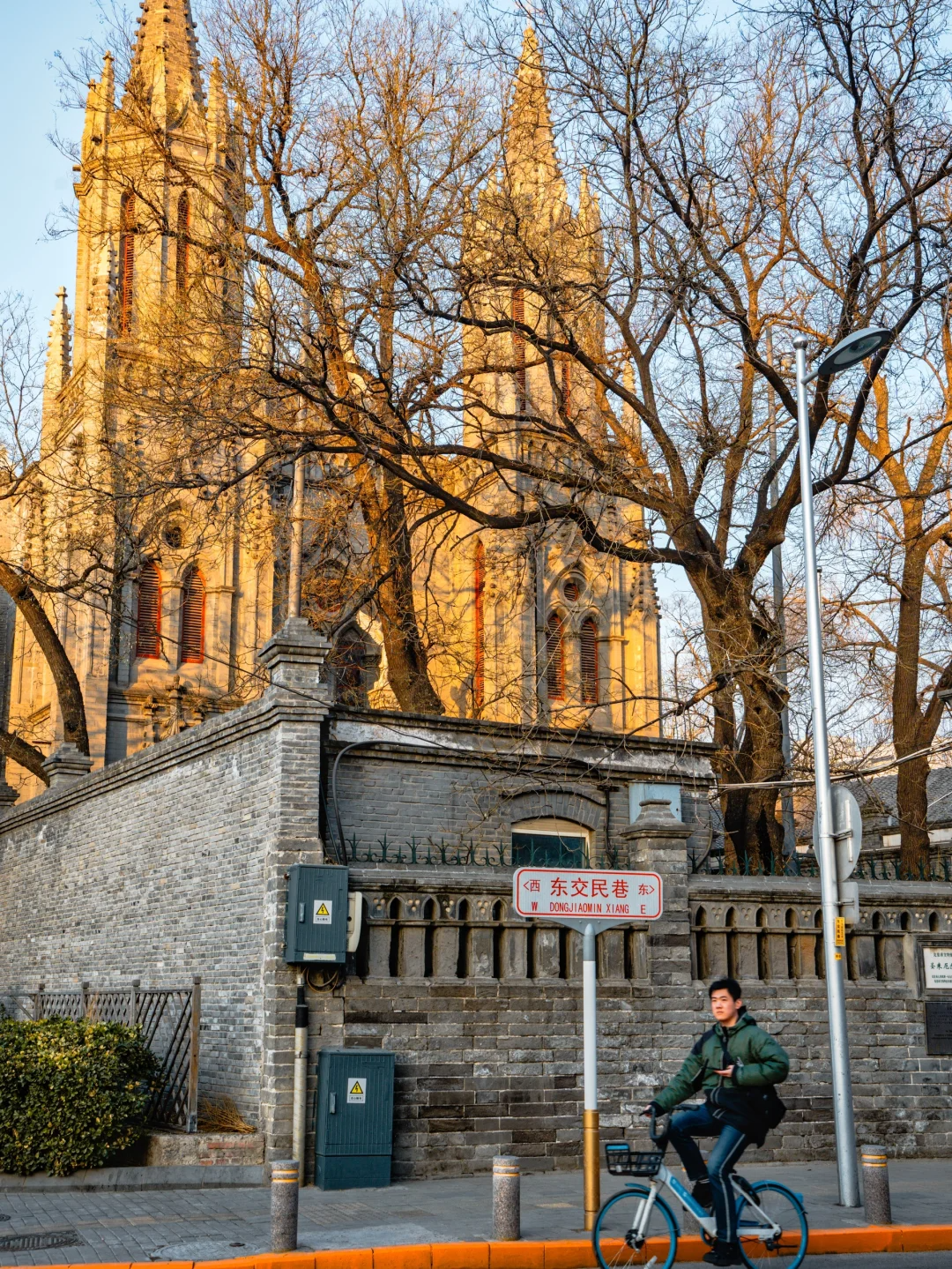 Not only beautiful, but also runs through Beijing's history and modernity, a super unique experience! It's perfect for a person to walk around for an afternoon! My route is 😗 ▶️Gulou—▶️Beiluoguxiang—▶️Shichahai—▶️Dongjiaominxiang 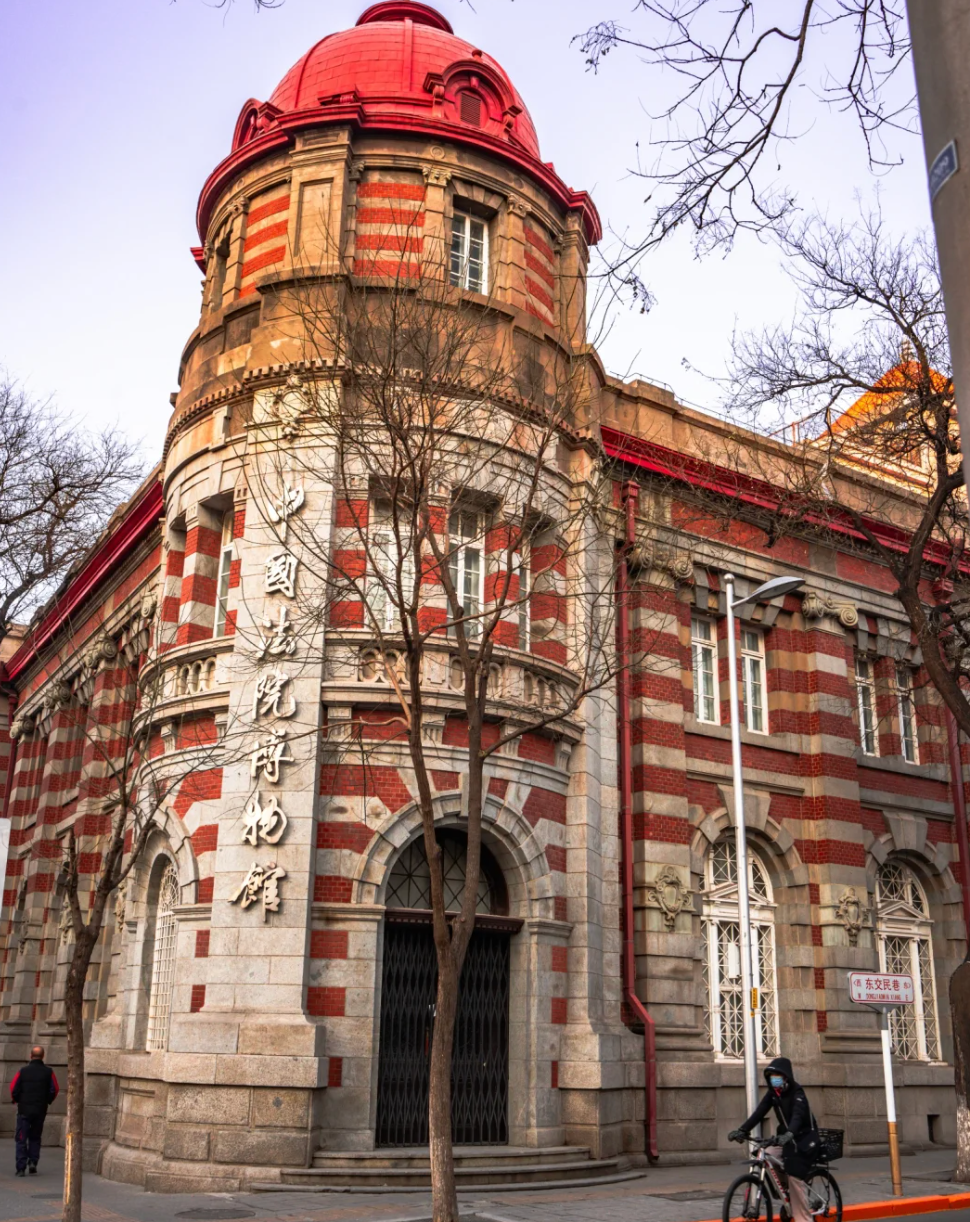 This route is the essence of Beijing's Hutong culture🧐 Under the subway Gulou Street, don't miss the punch-in at Gulou East Street, it's very Beijing-flavored! 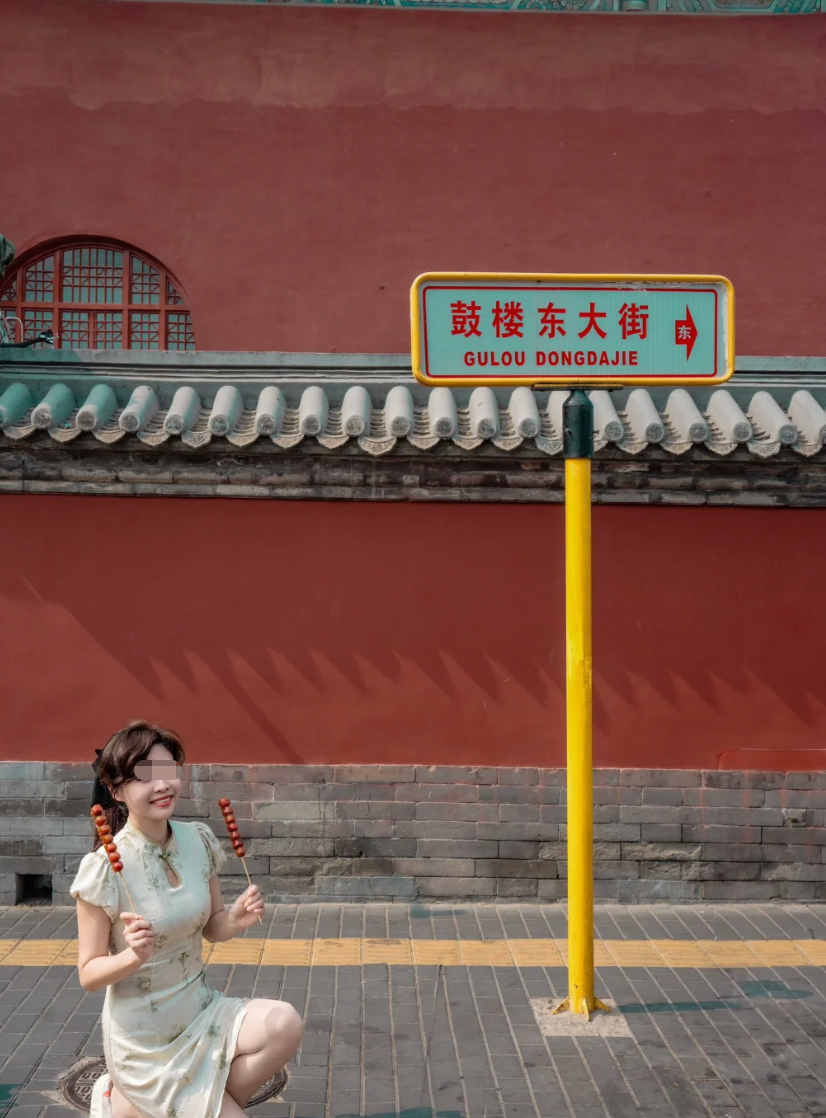 Compared with Nanluoguxiang, Beiluoguxiang is more peaceful and suitable for a leisurely walk. Shichahai is the only open scenic spot with open water in the inner city of Beijing. The boat ride in autumn is beautiful! You can also come to skate in winter! 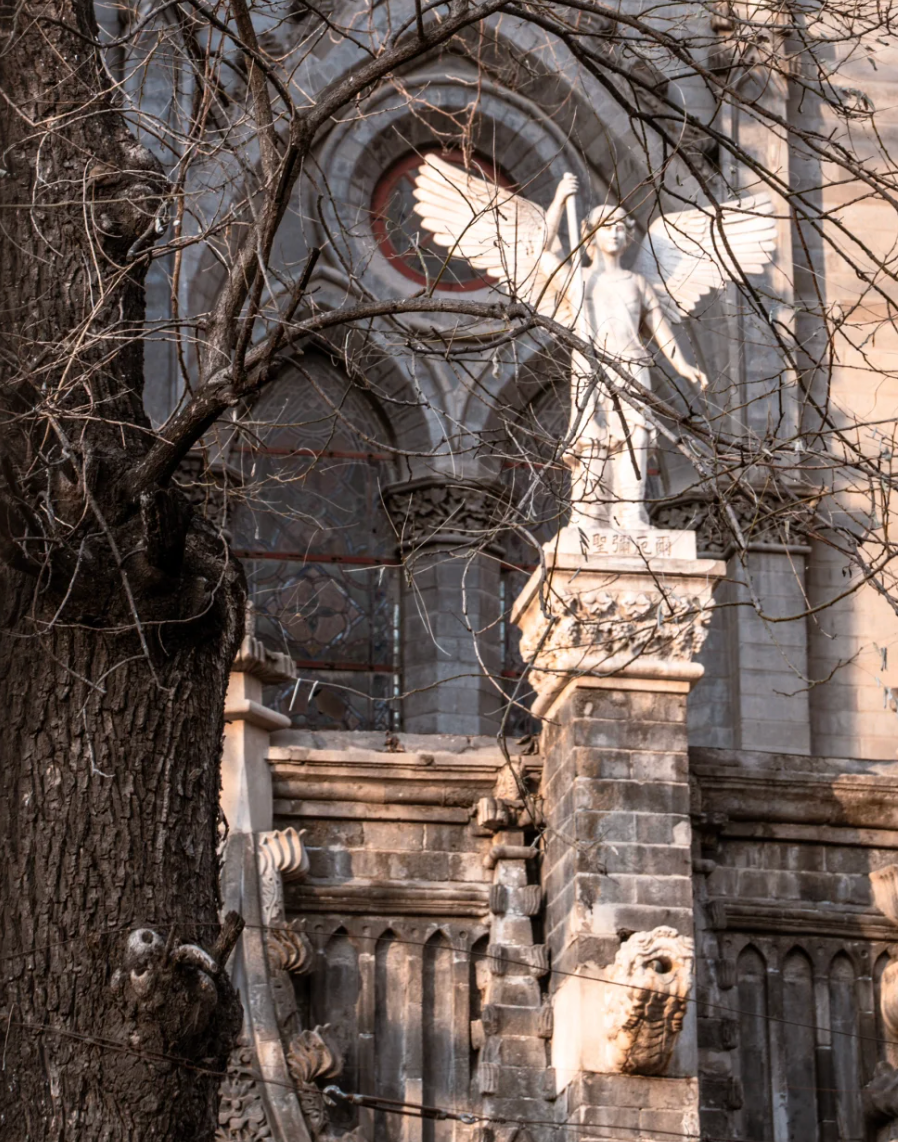 Dongjiaominxiang is the longest Hutong in Beijing. There are many Western buildings along the way, which is suitable for quietly feeling the history😭 ❤️tips❤️ 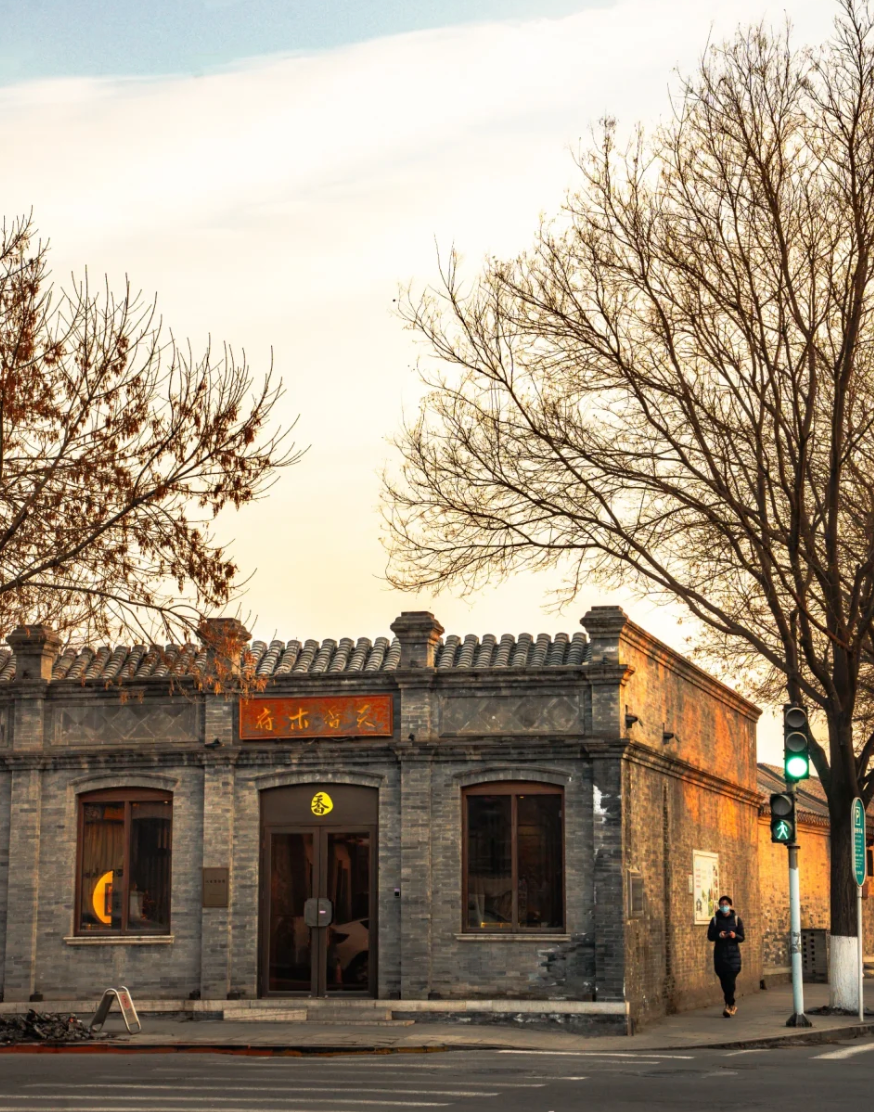 - The whole journey is about 5km. Wear comfortable shoes, and the sun in Beijing may be very strong, remember to take sunscreen. -There are many photographers on Gulou Street. If you go out alone, you don’t have to worry about no one taking photos📸 - There are many specialty coffees along the way☕, I have sorted them out and put them in Figure 3, 🉑 Save it! - Yandaixie Street is right next to the Gulou, and there are many places selling small items inside, so it’s a good place to go shopping!
It turns out that the North Ruyi Gate has the least people, the most flat roads, and is closest to the painting. Most importantly, the number of steps after walking this route is only about 11,000, and it takes more than 3 hours. If you don't want to climb the slope or squeeze in the crowd, Beiruyi Gate is undoubtedly the best choice as the entrance👍 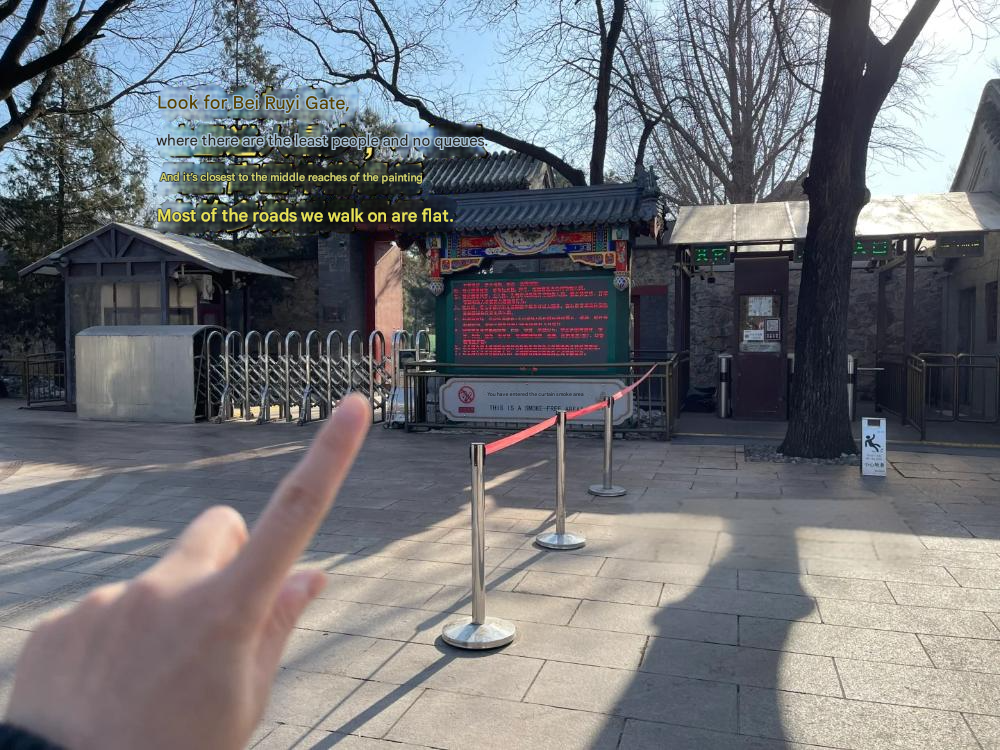 Route: Beiruyi Gate👉 Banbi Bridge👉 Suyunyan City Gate👉 Painting Tour👉 Mountain and Lake Light on the Same Floor👉 Paiyun Gate/Yunhui Yuyu Archway👉 Yaoyue Gate👉 Leshou Hall👉 Dehe Hall (passing by)👉 Xiqu Garden👉 Ziqi Donglai City Gate👉 Renshou Hall👉 Zhichun Pavilion👉 Wenchang Pavilion👉 Seventeen-Arch Bridge/Nanhu Island👉 New Palace Gate 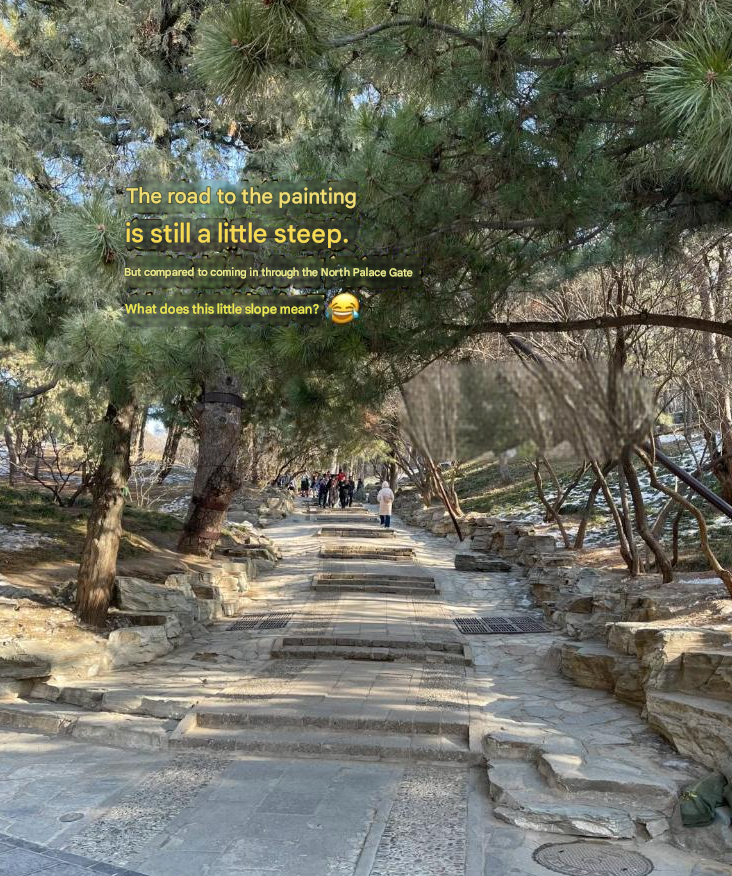 Tips: 1. The opening hours of the Summer Palace are 6:30-18:00 in the off-season, but it should be noted that the Painting Tour and other fee-charging courtyards are closed at 17:00. 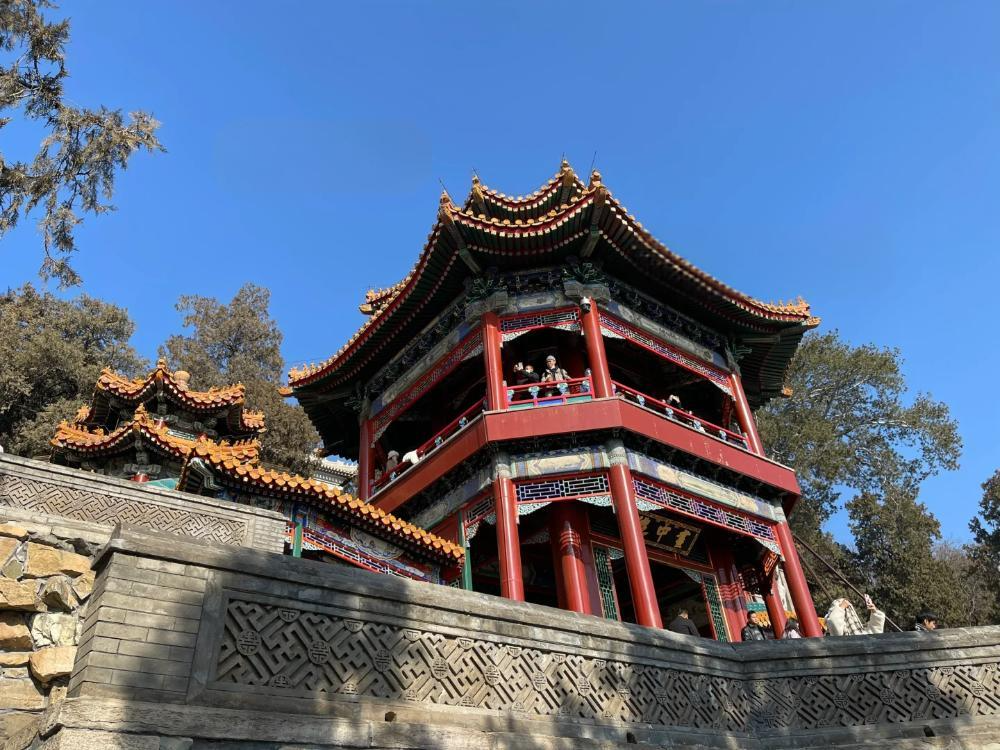 Peak season (April 1st - October 31st): 6:00 am - 7:00 pm, the painting tour and fee-paying courtyards are open from 8:00 am to 5:30 pm. 2. The entrance ticket is 20 yuan per person, and the combined ticket is 50 yuan per person. The Summer Palace is very large and you can't visit it all in one day. It is recommended to buy only the entrance ticket. Other fee-paying courtyards can be entered on site. (Note: The entrance ticket is 30 yuan per person in the peak season, and the combined ticket is 60 yuan per person) 3. There are 6 gates in the Summer Palace. As mentioned earlier, entering from the North Ruyi Gate is the best choice. Let's talk about the entrances and exits of other gates: 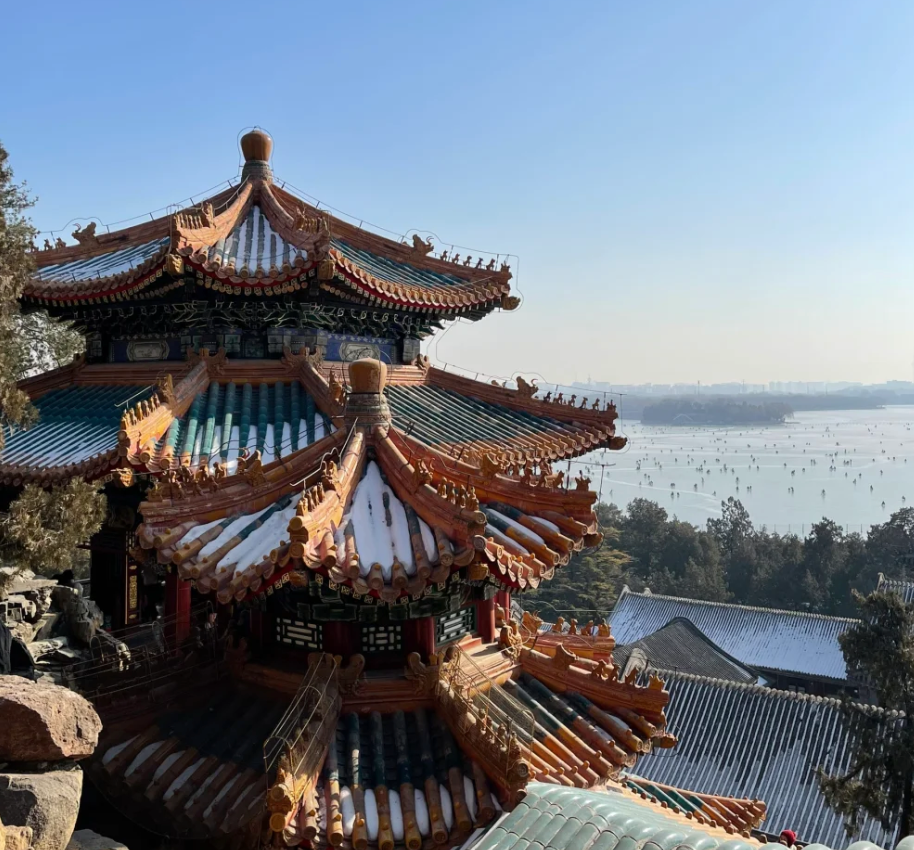 3a. Beigong Gate is closest to Exit C of the subway station, but there are more people queuing here during peak season and weekends, and if you go the wrong way from this gate, you have to climb up and down all kinds of hills and ridges. If you have difficulty walking, choose carefully... (The advantage is that this gate is closest to Suzhou Street and the Four Continents) 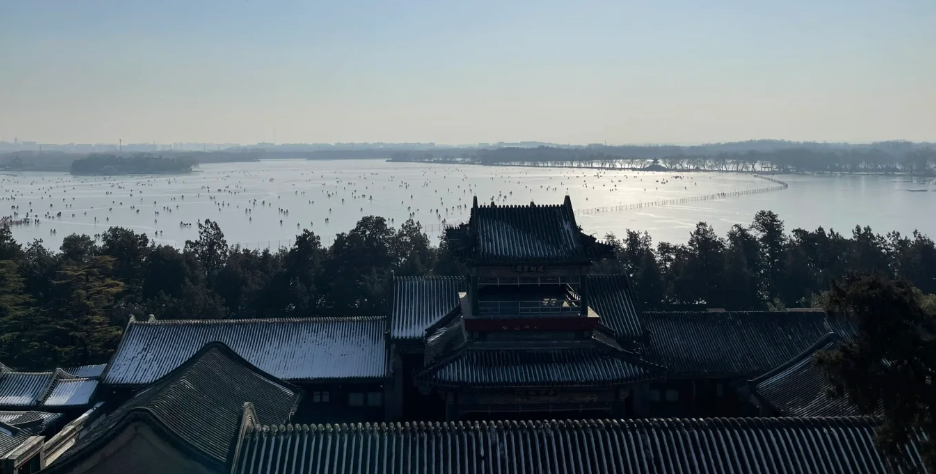 3b. Donggong Gate is closest to Xiyuan Station and is the entrance that many tour groups like. Xinjian Palace Gate has fewer people, but the disadvantage is that it is a bit far from the subway station, and you need to take a taxi or bus directly to get there. Ximen and Nanruyi Gate are far from the main attractions. If you are not staying in Beijing for a long time, it is not recommended to enter from these two gates. 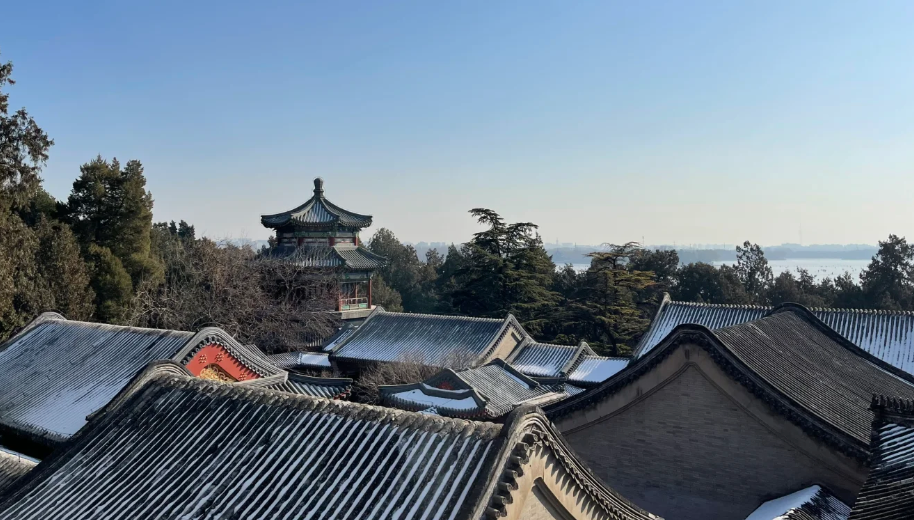 4. If you want to take pictures of "golden light through the hole", 4-5 o'clock is the best time to shoot ~ but it is best to go to Nanhu Island before 4 o'clock to get a good seat.
Kunming, also known as "Spring City", is the capital of Yunnan Province, People's Republic of China. It is a regional central city facing South Asia and Southeast Asia, a national historical and cultural city, an international comprehensive transportation hub city[1], and also the political, economic, cultural, scientific and technological center and transportation hub of Yunnan. Kunming is known as the "Spring City" because it has a mild summer and mild winter, and a pleasant climate, with typical temperate climate characteristics. Kunming is a national historical and cultural city with the world natural heritage Yunnan Stone Forest, the national scenic spot Dianchi Lake, the Jiaozishan National Nature Reserve, the Xishan National Forest Park, and many national key cultural relics protection units. It covers an area of 21,013 square kilometers and has a total population of 8.4601 million in 2020. The Municipal People's Government is located in Chenggong District.
Heihe City is a prefecture-level city under the jurisdiction of Heilongjiang Province, China. It was called Aihui in ancient times. It is located in the northern part of Heilongjiang Province, at the eastern end of the Greater Khingan Range and the northern part of the Lesser Khingan Range. The area is full of rolling mountains and has a cold temperate continental monsoon climate. The total area is 68,726 square kilometers. As of October 2022, the city has jurisdiction over 1 urban district, 2 counties, and administers 3 county-level cities. [1] At the end of 2023, Heihe City had a permanent population of 1.23 million and a registered population of 1.504 million. [50] Heihe City has a long history. Archaeological evidence shows that humans were active here as early as the Paleolithic period, forming the basis of the local ancient indigenous peoples. On February 8, 1993, Heihe was abolished as a prefecture and established as a city. Taking the centerline of the main channel of the Heilongjiang River as the boundary, Heihe faces Blagoveshchensk (Hailabo), the capital of the Amur Oblast, the third largest city in the Russian Far East, across the Heilongjiang River [49]. They are the only pair of cities on the Sino-Russian border that are the largest, highest-standard, most fully-functional, and closest, with the closest distance being only 750 meters. [1] Heihe City is rich in cultural resources, including the ruins of the ancient city of Aihui, the ruins of the ancient city of the Jin Dynasty, the remains of the Sun Wu war, the remains of historical figures and the customs of ethnic minorities. [40] In 2024, Heihe City will achieve a regional GDP of 71.14 billion yuan, an increase of 3.3% over the previous year
Jinhua City, a prefecture-level city under the jurisdiction of Zhejiang Province, is located in the central part of Zhejiang Province. It is adjacent to Taizhou City in the east, Lishui City in the south, Quzhou City in the west, and Shaoxing City and Hangzhou City in the north. It belongs to the hilly basin area of central Zhejiang Province, with high terrain in the north and south and low terrain in the middle. It has a mid-subtropical monsoon climate with distinct four seasons, moderate annual temperature, abundant heat, and heavy rainfall. The total area is 10,942 square kilometers. [2] [33] As of the end of 2023, Jinhua City has jurisdiction over 2 districts, 3 counties, and administers 4 county-level cities. [5] As of the end of 2024, Jinhua City has a permanent population of 7.209 million. [101] Jinhua City is a central city in central and western Zhejiang Province, a national historical and cultural city, an inland open national comprehensive transportation hub city, an important innovative smart manufacturing city in the Yangtze River Delta region, an important growth pole in the southern wing of the Yangtze River Delta, and an inland open hub center city. [1] Jinhua (Wushang County) has been established for more than 2,200 years. It was originally part of the Yue Kingdom and was incorporated into Kuaiji County during the Qin Dynasty. It was named because it was "located where the two stars Venus and Wu Nu compete for brilliance". Since the establishment of Dongyang County in the first year of the Wu Baoding Period (266 AD) during the Three Kingdoms Period, it has a history of more than 1,800 years and a splendid culture. It is a national historical and cultural city. [2] [11] Jinhua City is known as "a historical and cultural state, a place where celebrities gather, a city with flourishing literary style, and a beautiful hometown with clear waters and beautiful mountains". [2] Scenic spots in the city include the national scenic area Shuanglong Cave and Huang Daxian Ancestral Temple. On October 1, 1949, seven outstanding Jinhua people, including Chen Wangdao, Shi Fuliang, Feng Xuefeng, Yan Jici, Wu Han, Qian Jiaju and Ai Qing, went up to the Tiananmen Gate Tower together with Mao Zedong, Liu Shaoqi, Zhou Enlai, Zhu De and other founding leaders to participate in and witness the birth of New China. [104]
Guangzhou City (Guangzhou City, Canton [166]), referred to as "Sui", also known as Yangcheng, Huacheng, and Wuyangcheng, [162] is a prefecture-level city, provincial capital, sub-provincial city, national central city, megacity, [53] a world-class city under the jurisdiction of Guangdong Province. It is located in the south-central part of Guangdong Province and the northern edge of the Pearl River Delta [46] [81], with a total area of 7,434.40 square kilometers [1] [14]. The common languages are Cantonese and Mandarin. [35] As of March 2025, Guangzhou City has 11 districts under its jurisdiction. As of the end of 2024, Guangzhou City has a permanent population of 18.978 million. [448] Guangzhou City has a significant marine climate, and both the ocean and the continent have a significant impact on Guangzhou's climate. [115] [116] Guangzhou City is a hilly area, with high terrain in the northeast and low terrain in the southwest. [34] As early as the Neolithic period six or seven thousand years ago, our ancestors lived and multiplied on this land. [82] The city of Guangzhou in the Qin Dynasty was named Renxiao City because it was built by the Qin general Renxiao. Its official name is Panyu City. [113] In the third year of Shunzhi in the Qing Dynasty (1646), Zhu Yuanzhang's descendants proclaimed themselves emperors in Guangzhou, with the reign title "Shaowu". This was known as the "Southern Ming" regime, which lasted only 40 days. [113] On October 14, 1949, Guangzhou was liberated and became a centrally administered municipality. In 1950, it was changed to the leadership of the Central South Military and Political Committee. In 1954, it was transferred to the leadership of Guangdong Province and became a provincial-level city. In 1994, it was upgraded to a sub-provincial city. [226] Guangzhou is the core city of the Guangzhou Metropolitan Area. It is an important central city, international trade center and comprehensive transportation hub in China approved by the State Council. [80] It is an international trade center, a national advanced manufacturing base, a comprehensive portal, and an important carrier of the international science and technology innovation center. [76] [169] [413] Guangzhou's main industries are shipping services, science and technology services, special finance, international trade, professional services and other productive services. [125] Guangzhou is one of the first national historical and cultural cities, one of the starting points of the Maritime Silk Road, and is known as the "Millennium Commercial Capital". It has been a place where Chinese and foreign cultures have blended since ancient times, one of the birthplaces of Cantonese culture, and the headquarters of China's Southern Theater Command. [170-171] In 2024, Guangzhou's GDP will be 3,103.25 billion yuan, an increase of 2.1% over the previous year at comparable prices.
Yangzhou is a prefecture-level city in Jiangsu Province, China, located at the confluence of the Yangtze River and the Grand Canal. The city covers a total area of 6,591 square kilometers and has a permanent population of 4.5868 million as of 2024. Yangzhou has a history of over 2,500 years and is one of the first 24 national historical and cultural cities in China. The city is known as an important historical and cultural city, a high-tech industrial base in the Yangtze River Delta, and an internationally renowned cultural tourism destination.
Beihai City, also known as "Pearl City", is a prefecture-level city under the jurisdiction of Guangxi Zhuang Autonomous Region. It is located at the southern end of Guangxi and on the northeastern shore of Beibu Gulf. Beihai is an important starting port of the ancient "Maritime Silk Road" and one of China's earliest foreign trade ports.
Jieyang City is a prefecture-level city under the jurisdiction of Guangdong Province and one of the four cities in the Chaoshan region. It is a famous hometown of overseas Chinese, located in the southeastern part of Guangdong Province, at the center of the geographical axis between the Guangdong-Hong Kong-Macao Greater Bay Area and the Haixi Economic Zone.
Wenzhou is a prefecture-level city in Zhejiang Province, China, located in the southeastern part of Zhejiang Province. The city borders the East China Sea to the east and covers a land area of 12,102.65 square kilometers with a coastline of 514 kilometers. As of 2024, Wenzhou has a permanent population of 9.852 million. The city has over 2,000 years of history and is an important regional center city in southeastern China, known as a national demonstration city for private economy and a comprehensive transportation hub city.